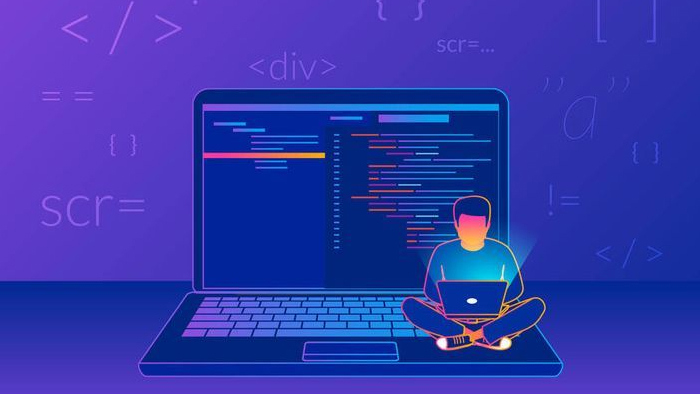Lorem ipsum dolor sit, amet consectetur adipisicing elit. Doloremque ipsa amet in dolores adipisci dolorum distinctio, impedit mollitia quam est maiores laborum, aliquam a voluptate nulla nobis unde placeat corporis! Lorem ipsum dolor sit amet, consectetur adipisicing elit. Amet omnis molestias praesentium commodi cupiditate eos alias explicabo harum accusantium, sint veniam quisquam dicta similique quam consequatur, voluptates culpa at fugit. Lorem ipsum dolor sit amet consectetur adipisicing elit. Ullam harum hic porro iste distinctio voluptatum libero suscipit assumenda? Ducimus accusamus tempora labore magnam laborum iusto maiores, sunt aut. Iure, quia?

At PronexisIT, we specialize in a variety of backend development services to empower your digital presence.
Choose From Our Hiring Models
With PronexisIT, you can choose from multiple hiring models that best suit your needs:
Dedicated Team
Hire an autonomous expert team comprising Software Engineers, Quality Analysts, Project Managers, and other professionals to deliver efficient and timely technology solutions. Job roles and responsibilities are clearly defined for each project, with management jointly handled by a Scrum Manager and the client’s product owner.
● Risk-free contracts
● Hassle-free hiring process
● No hidden charges
● Month-to-month billing
● Flexibility on team size and expertise
● White-labelled services available
Best fit for Startups, MVPs, and Software Development Agencies
Team Augmentation
Our team augmentation model allows you to select the right talent and experience, helping fill gaps in your existing team. The augmented team integrates with your local or distributed team, attends daily meetings, and reports directly to your managers.
● Expertise on demand
●Quick scaling / de-scaling
● Month-end billing
● Overcome hiring barriers
● Direct Reporting
● Shorter Go-To-Market
Project Based
Fixed Price Model:Suitable for projects with clearly defined specifications, scope, deliverables, and acceptance criteria. It’s ideal for small to mid-scale projects with welldocumented specifications.
Time & Material Model:Best for projects with a dynamic scope or complex business requirements. You pay for the services based on the time spent on the project, allowing you to realize optimum benefits















